
5 B2B Landing Page Examples That Fill the Pipeline (2025)
Key takeaways
- A strong B2B landing page clearly communicates value, builds trust, and drives action without overwhelming visitors.
- The best examples, like Flow Ninja, Webflow Enterprise, and Checkout.com, pair sleek design with concise, benefit-driven messaging.
- Strategic visual hierarchy guides readers naturally from problem to solution, evidence, and call to action.
- Trust signals like client logos, testimonials, and certifications boost credibility and help convert enterprise buyers.
- CTAs should be specific and benefit-oriented, showing clear next steps instead of generic phrases.
- Fast performance and mobile optimization ensure smooth experiences for decision-makers browsing on the go.
A B2B landing page is a dedicated web page that’s optimized to convert visitors to leads or even customers. It’s designed to feature a clear CTA that showcases the information businesses need to see.
However, creating a profitable B2B landing page that converts can be challenging, as you need to include a lot of information without making it cluttered. You still need to do it because B2B landing pages are key to your online marketing.
They are crucial for targeted marketing, lead generation, campaign accountability, achieving high ROI, and optimizing conversions.
To help you create a well-designed landing page that drives conversions, I’ve prepared an overview of five excellent B2B landing page examples. The pages will inspire you and provide ideas for your own landing page. Moreover, I’ll highlight the shared traits that make a B2B landing page successful.
Best B2B Landing Page Examples in 2025
I’ve chosen the five B2B landing pages because each one demonstrates quality design, intuitive structure, and clear messaging, showcasing what a good conversion strategy looks like. I’ve made sure to cover examples from different industries or with different approaches so you can get distinct insights that will help you optimize almost any type of B2B landing page.
1. Flow Ninja — flow.ninja

It might be our site, but that’s exactly why I know it works. More importantly, I know what works.
At the very beginning, the homepage offers clarity and a clear value proposition with the caption “Full-service Webflow Team For the Top 1%”. It introduces Flow Ninja’s latest tool — Foresight, the first AI-powered website strategy audit tool to show the diversity of the company’s services.
Most importantly, the trust signals are immediately visible, especially the high Clutch rating logo and button, which efficiently captures gazes with its pulsating animation and effectively builds instant authority. Visitors see a list of startups, scaleups, and enterprises that are Flow Ninja’s clients, which illustrates the high number of companies the firm has helped.
If you continue scrolling down, you’ll find more details about the services, as well as client testimonials that solidify their quality. You’ll see the firm’s portfolio and a detailed library of resources you can use on your own, like the Landing Page Checklist.
The entire homepage is easy to navigate, with all the most crucial links to sections like Services and Pricing prominently displayed at the top. The page has only a handful of CTAs, but they are all prominently displayed and designed with style to attract every visitor.
With everything said and done, it’s clear that the homepage effectively positions Flow Ninja as a brand that appeals to a wide range of B2B buyers, with its minimal and clear copy and trust signals like client testimonials that are solely from other companies, not entrepreneurs or individuals.
2. Webflow Enterprise — webflow.com/enterprise

Webflow Enterprise is the section of this popular website experience platform intended for enterprise clients. The entire page is dedicated to what Webflow can achieve for massive sites that require constant upkeep, continuously high speeds, and top-notch security.
At the very top of the page are the words “Faster builds. Enterprise scale. Real results.” They are simple, effective, and to the point. After that, you get longer explanations but also a Watch Demo button that takes you to a separate page where you can see Webflow in action. It’s an excellent visual solution for decision-makers in enterprises who don’t need to see extensive technical information.
Continuing down the page, you quickly see trust signals that are there to show how many other enterprises have placed their trust in Webflow. There’s also a clear number of brands that used Webflow to show the scope of the platform’s success.
Only after all of that will you see more detailed explanations of what Webflow does. However, these are still not overwhelming, and the text is accompanied by images of the platform in action.
Enterprise clients will also appreciate the detailed information on how Webflow handles security, including SOC 2 Type II certification, advanced DDoS protection, and security audit compliance.
CTAs are strategically placed at the top and bottom of the page, all in Webflow’s signature blue color, which grabs attention.
3. Checkout.com — checkout.com

Checkout is a global payment service provider that works with a broad range of companies, especially enterprise-level clients. It opts for a more modern, sleek, minimalist, and colorful web design that aligns with its brand image as a fairly unique payment service provider.
It has an interesting slogan that’s located at the very top of the page — “We are where the world checks out.” The slogan is in massive bold letters that fixate the gaze.
The company has also opted for an engaging animation that gives a sneak peek of how its service looks. However, immediately below, you get a long conveyor belt of company logos, where you’ll find all the bigger brands that use Checkout. This instantly builds trust thanks to highly recognizable names like Samsung, Alibaba, Wise, eBay, and Klarna.
The page has a very deep structure thanks to its well-categorized offerings, industry-specific solutions, and a comprehensive collection of valuable resources. It also handles interlinking excellently, with clear navigational pathways through its menus and well-placed internal links within various content sections.
Most of the homepage is dedicated to what Checkout offers, with concise and minimalist explanations of features. They occupy the middle of the page, with the top reserved for building trust and the bottom for FAQs, resources, and other important links.
CTA placement is similar to Webflow’s enterprise page, with clearly visible and action-invoking buttons at the top and the bottom of the page.
4. Upwork Enterprise — upwork.com/enterprise

Upwork is the world's largest freelancing site, connecting businesses and clients with independent professionals. It’s known for its broad range of services and the scope of industries it supports. It’s essentially a freelance marketplace where nearly every type of professional can find work, and businesses from most industries can find contractors for their projects.
However, Upwork also has a separate page for enterprise clients. It’s separate from the core product and targets VPs, not freelancers. This is immediately clear from the page’s name, as well as from its primary value proposition.
You also quickly learn what you get from this service and that the platform is a customizable Enterprise solution. This exclusivity is bound to appeal to decision-makers in enterprises.
The page also quickly utilizes trust signals near the top. It showcases a few of the major brands that use Upwork Enterprise, including Microsoft, Cloudflare, and Glassdoor. The sheer size and success of these brands can be enough for many enterprise clients to choose Upwork.
The rest of the page is largely filled with bite-sized content pieces that allow you to learn how the platform works and the benefits it offers. These benefits are segmented to show readers everything they can get from Upwork Enterprise.
The brand uses simple “Let’s talk” CTAs that are strategically scattered throughout the page to maintain the reader's attention at all times. That way, readers can act immediately once they spot something that fully sells this platform.
5. Rolla – rolla.app

Rolla is a popular fitness app that combines exercise and virtual reality to make workouts more immersive, as well as to gamify the entire experience.
The brand's homepage, particularly the top section, manages to keep things simple yet effective. Instead of one value proposition, it features two, which move in a slideshow, showing that the app is made for both companies that want to improve employee wellness and gyms or fitness professionals to succeed.
The site also features a slowly moving slideshow animation of the brand’s larger customers. The trust signals are there to show credibility to enterprise clients. However, the page places a strong emphasis on testimonials. Although they are positioned near the bottom of the page, they are prominent and accompanied by company logos and unique map graphics.
You’ll also notice that the page is often using a combination of written content and visuals like images and animations. This is done to keep readers engaged and interested in learning more, and it’s also on point for Rolla as it aims to gamify fitness.
The brand is focused on different CTAs, typically one for contacting the company representatives and one for exploring the solution Rolla offers. Both are strategically placed across the homepage and built using Rolla’s signature green, which stands out against the black background, making them easy to notice.
What Makes a Great B2B Landing Page?
Even though B2B landing page examples can be enough to get you inspired and show you which direction to take with your own page, it’s often not enough. That’s why I thought I’d explain in detail how I analyzed the pages shown here and what makes them excellent examples. Let’s take a look at the elements I’ve taken into account in the analysis.
Clear and Specific Value Proposition
The most important part of a high-performing B2B landing page is a clear, specific, and unmistakable value proposition. It needs to answer a simple question of what the company does and how it can benefit the client.
The best sites present these with a clear value proposition located at the very top of the page and limit it to 10 words or fewer.
However, that’s not all. The value proposition should always have a relevant subheadline that’s longer, preferably a statistic along the lines of “Trusted by 500+ enterprise teams.”
Strategic Visual Hierarchy
A great B2B landing page also utilizes design to attract and capture reader attention, not just convey information. Such a page uses things like bold headlines, but also whitespace, which is there to prevent visual clutter and to enable key messaging and CTAs to stand out.
It also utilizes careful scroll logic, where content is organized in a natural flow that should appeal to most visitors. This typically means that information is presented in a progressive manner, starting with a problem and going towards a solution. Then, it reaches evidence and caps the journey with a call to action.
Trust Signals and Social Proof
Trust is paramount in the B2B space, which is why these landing pages must convey social proof and trust signals. Decision-makers need to be certain that they are spending significant sums on a company and solution that’s credible and reliable.
This means that the page should feature logos of brands the company has worked with, client testimonials, security badges, and, if possible, performance metrics. Naturally, your page doesn’t need to have all of these, as one or two elements should be enough, as long as they show that the enterprise client will get a true partner, not a mere vendor.
Conversion-Oriented CTAs
CTAs are a significant part of a landing page, as they are the primary factor that drives the visitor to convert. That’s why a call to action cannot be generic or passive, like a simple link on a “Submit” or “Learn more” anchor.
The CTA should be benefit-focused, clearly showing the reader what they can gain from partnering with that service provider.
For example, a “Get a free audit” CTA is much better than a “Submit.”
More than that, these CTAs should be placed throughout the page. However, they need to be strategically placed, like at the top and bottom, which won’t overwhelm the reader.
Fast Performance and Mobile Optimization
The technical success of a B2B landing page is just as crucial as design and content quality. This primarily involves achieving fast page load speeds, implementing responsive design, and ensuring top-notch mobile optimization.
Mobile optimization is the interesting part here. Although B2B buyers commonly use desktops, they often browse on mobile devices, especially when on the go, between meetings, and during their commute.
Final Thoughts
A high-quality landing page is crucial for successful lead generation in the B2B space. Higher quality leads to a more focused conversion path, a clear value proposition, relevance to B2B buyers, and more trust and credibility.
To get there, it’s crucial to audit your pages and use the B2B landing page examples featured here as models.
If you want to improve your website strategy but also design your landing pages and launch them quickly, don’t hesitate to contact Flow Ninja. We can help you with all that, just as we’ve helped many B2B brands in the past.
FAQ for B2B Landing Page Examples
What design strategies make B2B landing pages more effective at converting leads?
Effective B2B landing pages combine clear messaging, strong visuals, focused CTAs, and social proof. Prioritizing user intent, minimizing distractions, and maintaining consistent branding help visitors understand the offer quickly and encourage form submissions or demo requests.
How can trust signals like testimonials and client logos improve B2B landing page performance?
Displaying testimonials, case studies, client logos, and certifications reassures visitors of your company’s credibility and expertise. These trust signals reduce hesitation, validate claims, and increase conversion rates by showing that others have benefited from your products or services.
What common mistakes reduce conversions on B2B landing pages?
Common conversion-killing mistakes include unclear CTAs, overly complex forms, slow loading speeds, and generic copy. Poor mobile responsiveness and lack of trust elements also weaken performance, discouraging potential leads from engaging or completing conversion actions.
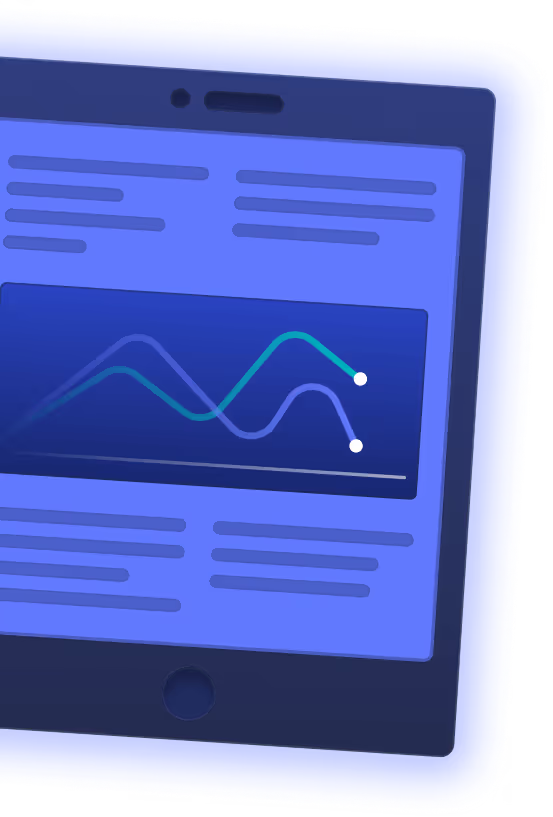
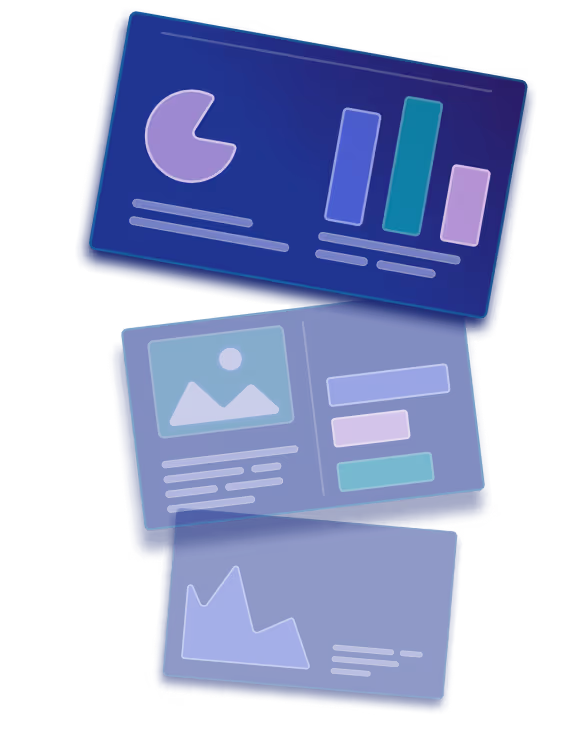
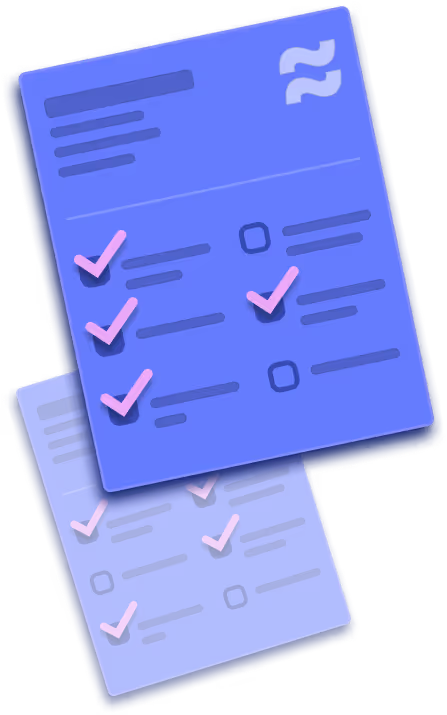
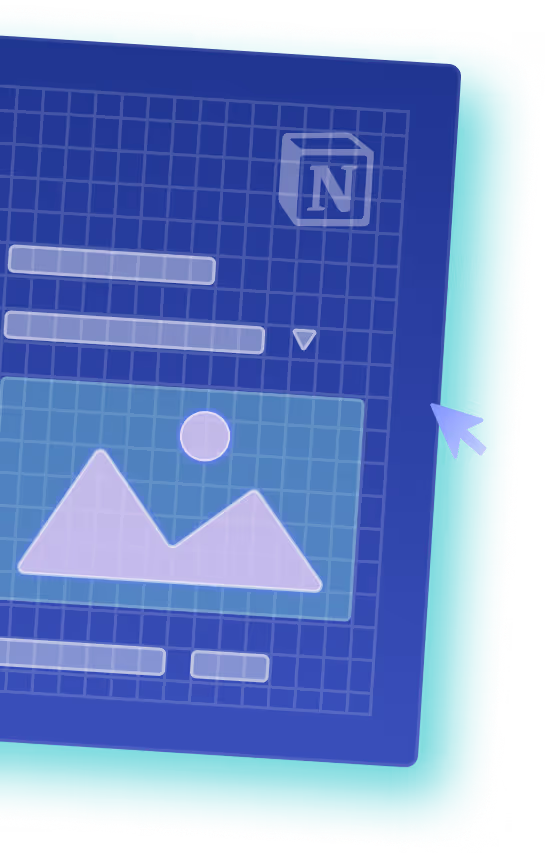
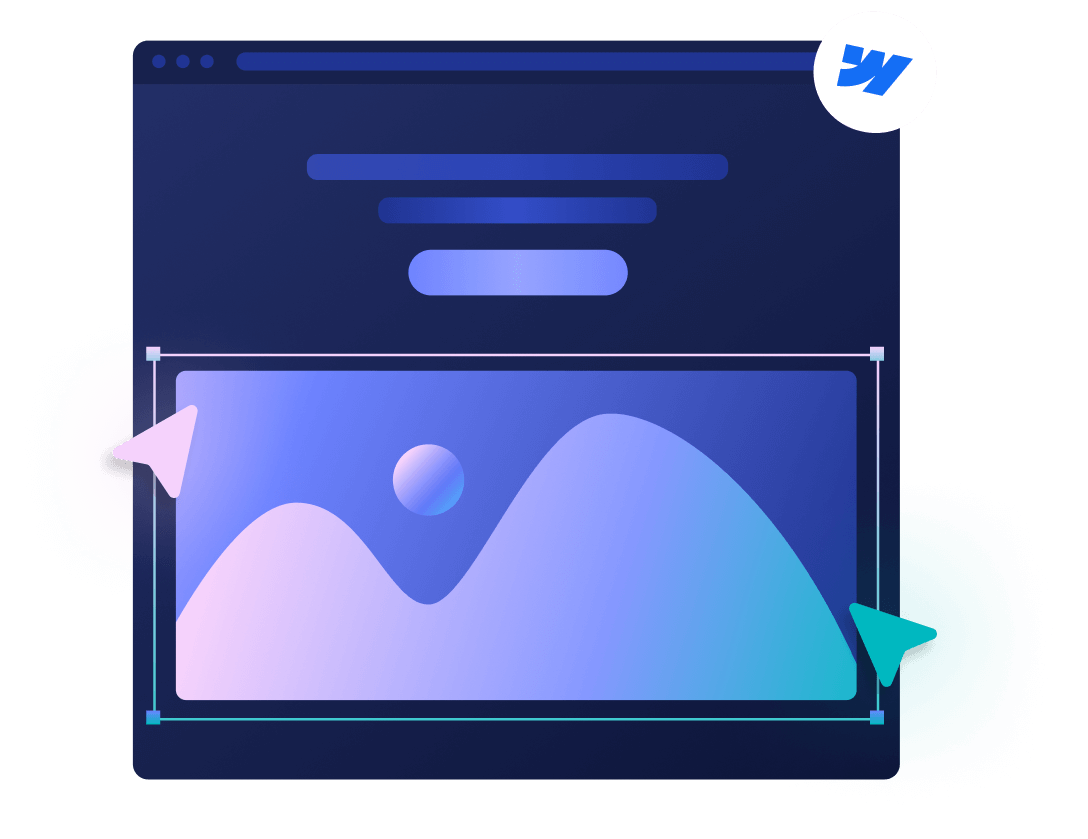

.svg)









.png)
.png)


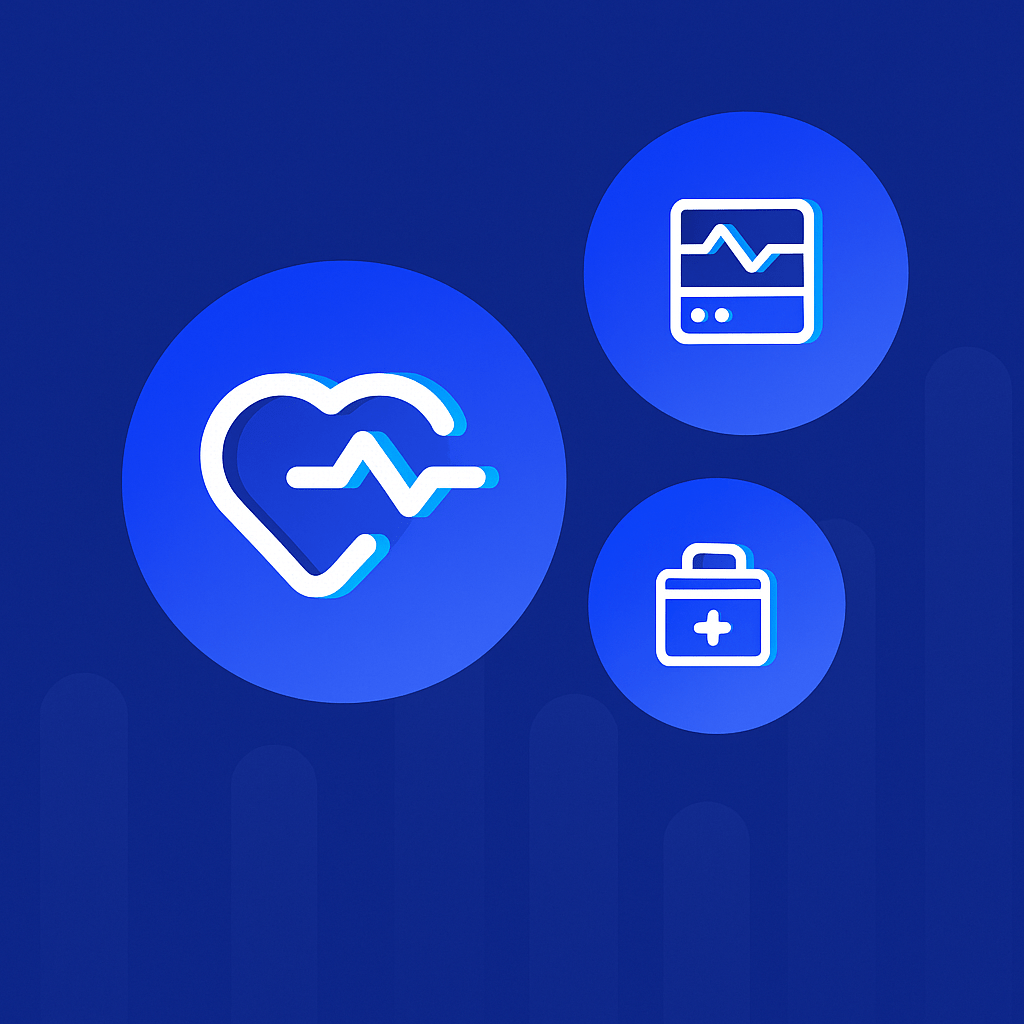


.png)
.png)
.png)








.svg)

.png)
.png)
.webp)
.svg)

